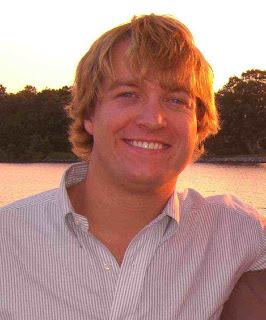Though we were in Bangkok for four days, we really only spent two sightseeing. We spent the two down days fending off a stomach bug, sending some gear home and figuring out some logistics issues. The other two days though were packed with water taxis, Wat Pho, China Town, Muay Thai boxing, Thai cooking class, and Jim Thompson's house.
Bangkok, like Venice, is built around a series of canals, or khlong, that crisscross city. Since these are mostly straight compared to the labyrinthine road system, watercraft have always offered a compelling alternative to overland transportation. As a result a highly efficient and inexpensive ferry system developed alongside, if not before, the rest of the city's more traditional public transportation options. We took the public ferries many times, including to Wat Pho. Pictured below is a private water taxi on Chao Phraya River.

Pictured below: Modern Thai homes built on the khlongs.
Wat Pho is the oldest, largest, and most famous Buddhist temple, or wat, in Bangkok. It is home to a 46 meter long, gold plated, reclining Buddha.
That evening we visited the Ratchadamnoen Boxing stadium to watch a few rounds of Muay Thai boxing, Thailand's official sport. We arrived early and found the best view from the cheap seats section. Later we woul d find out that this happened to be the gamblers area - which goes a long way to explaining the riotous background noise in this video.
We spent the next morning in cooking class learning how to prepare traditional Thai dishes like pad thai and tom yam soup.
Thompson, born in Greenville, Delaware, led an exceptional life as an architect turned CIA agent turned international silk mogul. In 1967 he went on a walk while traveling in Malaysia and never returned. His unexplained disappearance is, perhaps, the regions greatest unsolved mystery and still the subject of much speculation.
Bangkok, like Venice, is built around a series of canals, or khlong, that crisscross city. Since these are mostly straight compared to the labyrinthine road system, watercraft have always offered a compelling alternative to overland transportation. As a result a highly efficient and inexpensive ferry system developed alongside, if not before, the rest of the city's more traditional public transportation options. We took the public ferries many times, including to Wat Pho. Pictured below is a private water taxi on Chao Phraya River.

Pictured below: Modern Thai homes built on the khlongs.
Wat Pho is the oldest, largest, and most famous Buddhist temple, or wat, in Bangkok. It is home to a 46 meter long, gold plated, reclining Buddha.

That evening we visited the Ratchadamnoen Boxing stadium to watch a few rounds of Muay Thai boxing, Thailand's official sport. We arrived early and found the best view from the cheap seats section. Later we woul d find out that this happened to be the gamblers area - which goes a long way to explaining the riotous background noise in this video.
We spent the next morning in cooking class learning how to prepare traditional Thai dishes like pad thai and tom yam soup.
Filled with delicious food and confident in our culinary abilities, we left cooking class and headed for Jim Thompson's House. The home, designed by Thompson, features a prominent garden and a large collection of regional paintings and statues.
Thompson, born in Greenville, Delaware, led an exceptional life as an architect turned CIA agent turned international silk mogul. In 1967 he went on a walk while traveling in Malaysia and never returned. His unexplained disappearance is, perhaps, the regions greatest unsolved mystery and still the subject of much speculation.







No comments:
Post a Comment